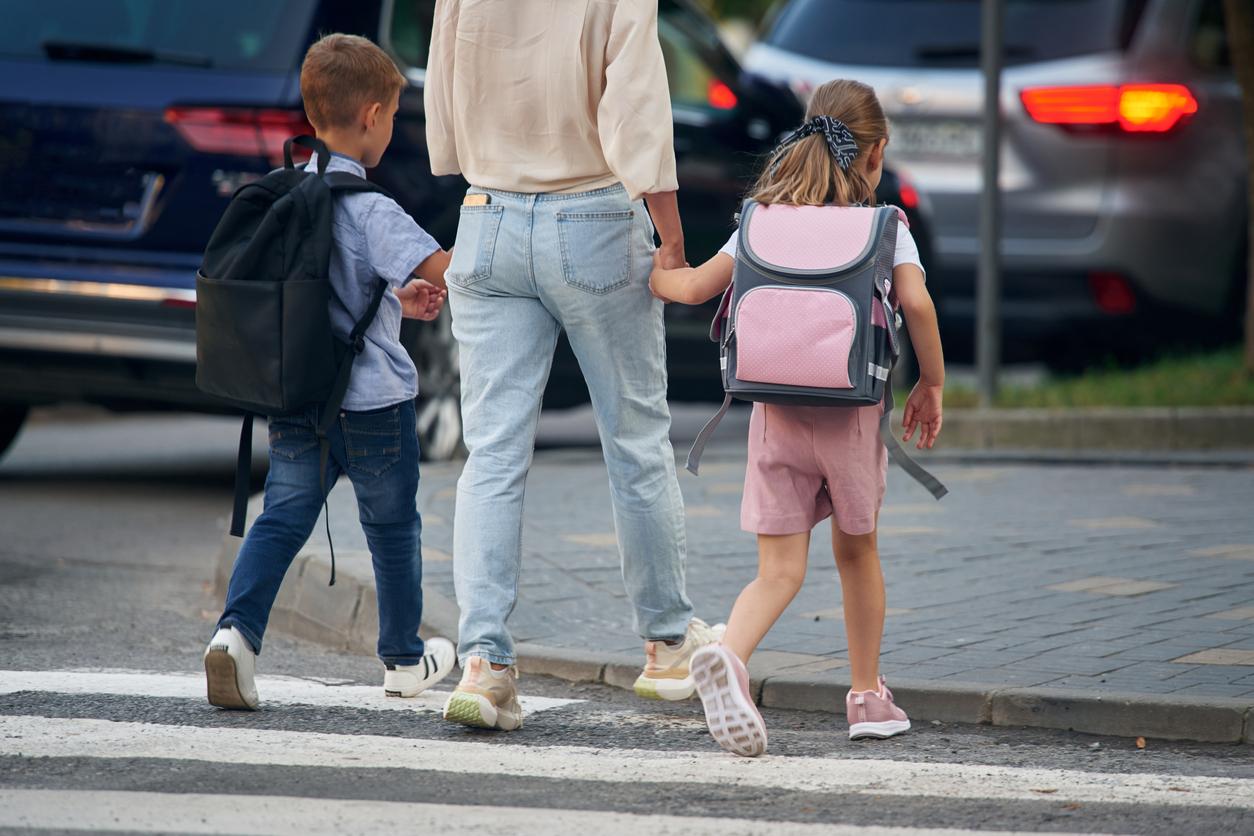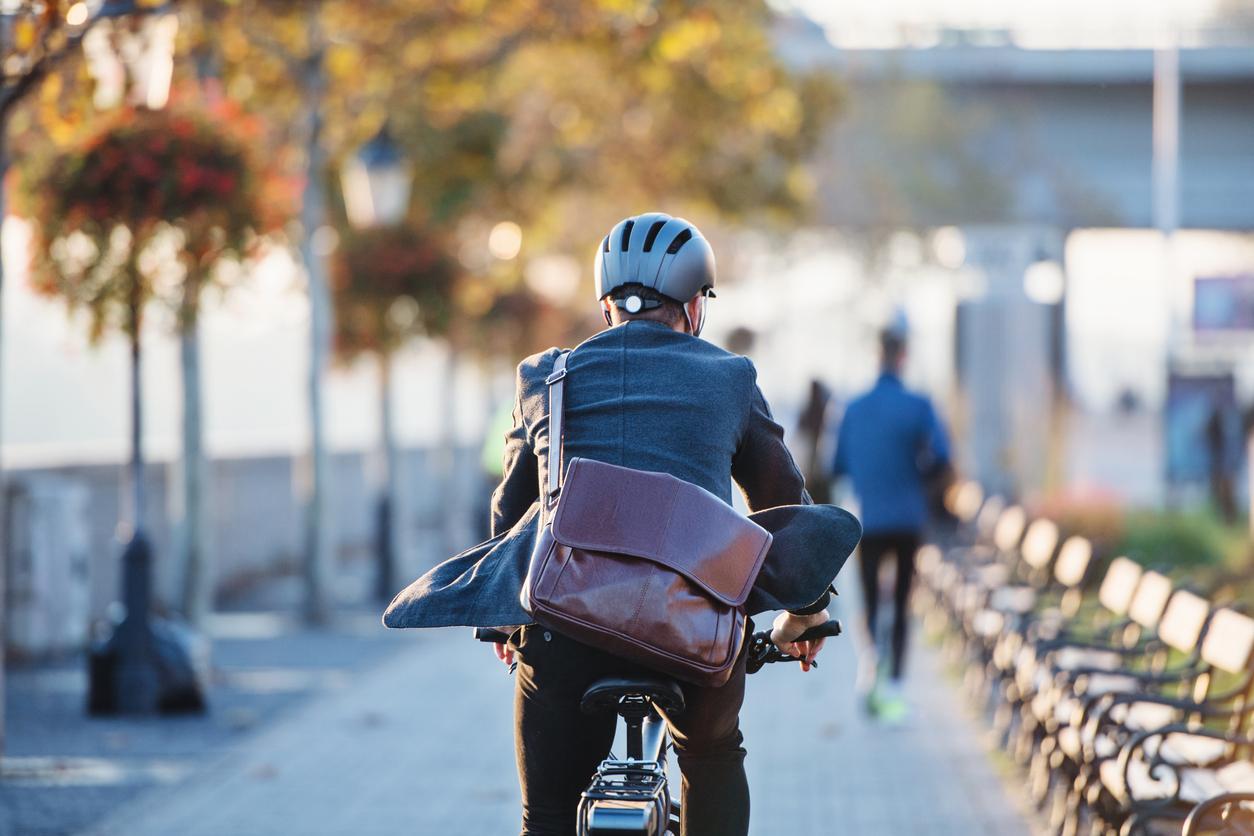A study reveals a clear link between the level of physical activity of children and the presence of a dog at home, especially among girls.

- Having a dog increases physical activity in children.
- This link is even more visible among girls.
- The presence of the animal in the home increased children’s unstructured physical activity such as playing in the yard, going to the park, walking, etc.
Between games and walks, having a dog leads to moving more, we know intuitively. But this is even more true for children, according to researchers from Telethon Kids Institute and the University of Western Australia. Their longitudinal study confirms a clear link between the acquisition or loss of a family animal and the level of physical activity undertaken by the youngest members. The impact was even more visible among girls.
Dog : it promotes an increase in physical activity among children
“I specifically wanted to look at the longitudinal effects of dog ownership so we could see if there were any changes in children’s movement behaviors after adding a dog to the home”, explains lead researcher Emma Adams whose work appeared in the journal International Journal of Behavioral Nutrition and Physical Activity on January 30, 2024.
His team followed 600 children over a period of three years. Half of them did not have a dog during the experiment. On the other hand, 204 young volunteers had one during the three years studied. In addition, 58 had their four-legged companion during the period examined and 31 lost them.
The analysis found a significant increase in daily physical activity among children whose families adopted the beast over the period. On the other hand, those who lost their companion showed a sharp drop in activity.
“The results were particularly visible in girls, those who had a dog increased their activity and light intensity games by almost an hour per day (52 minutes). On the other hand, there was a marked drop in activity and light intensity play among girls, who experienced the loss of their dog, with a drop in activity of 62 minutes per day.specifies the scientist in a communicated.

“Having a dog involves many responsibilities“
Having a four-legged companion leads children to have more unstructured physical activities like playing in the yard, going to the park, walking with the animal. “So we could see that the changes in physical activity actually came from the addition of these dog-related activities.”confirms Emma Adams. They had an average of seven additional weekly “sessions” (unstructured physical activities) compared to those who did not have one.
Furthermore, the little participants who had lost their furry friend showed a decline in their unstructured physical activities of 10.2 sessions per week for girls and 7.7 sessions per week for boys.
“These results show that owning a dog can have a positive influence on children’s physical activity and that we start to see these benefits from early childhood,” explains the expert. It’s important to note that we’re not telling families to just go out and get a dog: Having a dog comes with many responsibilities and will not be suitable for everyone. It is rather a matter of encouraging families who already have an animal to use this mechanism more to encourage their child’s physical activity, because not all children who have a dog necessarily walk and play. with”.
















